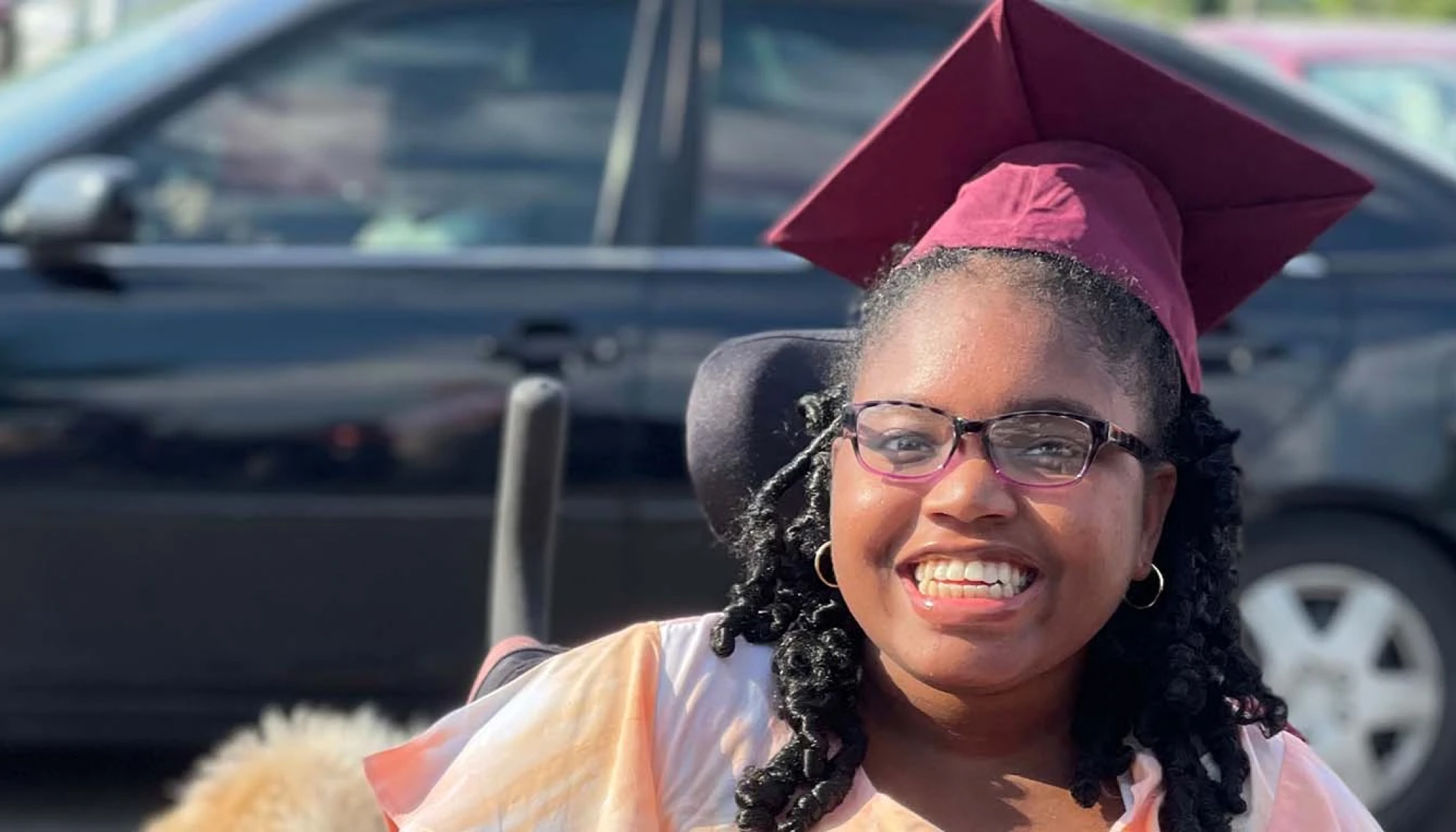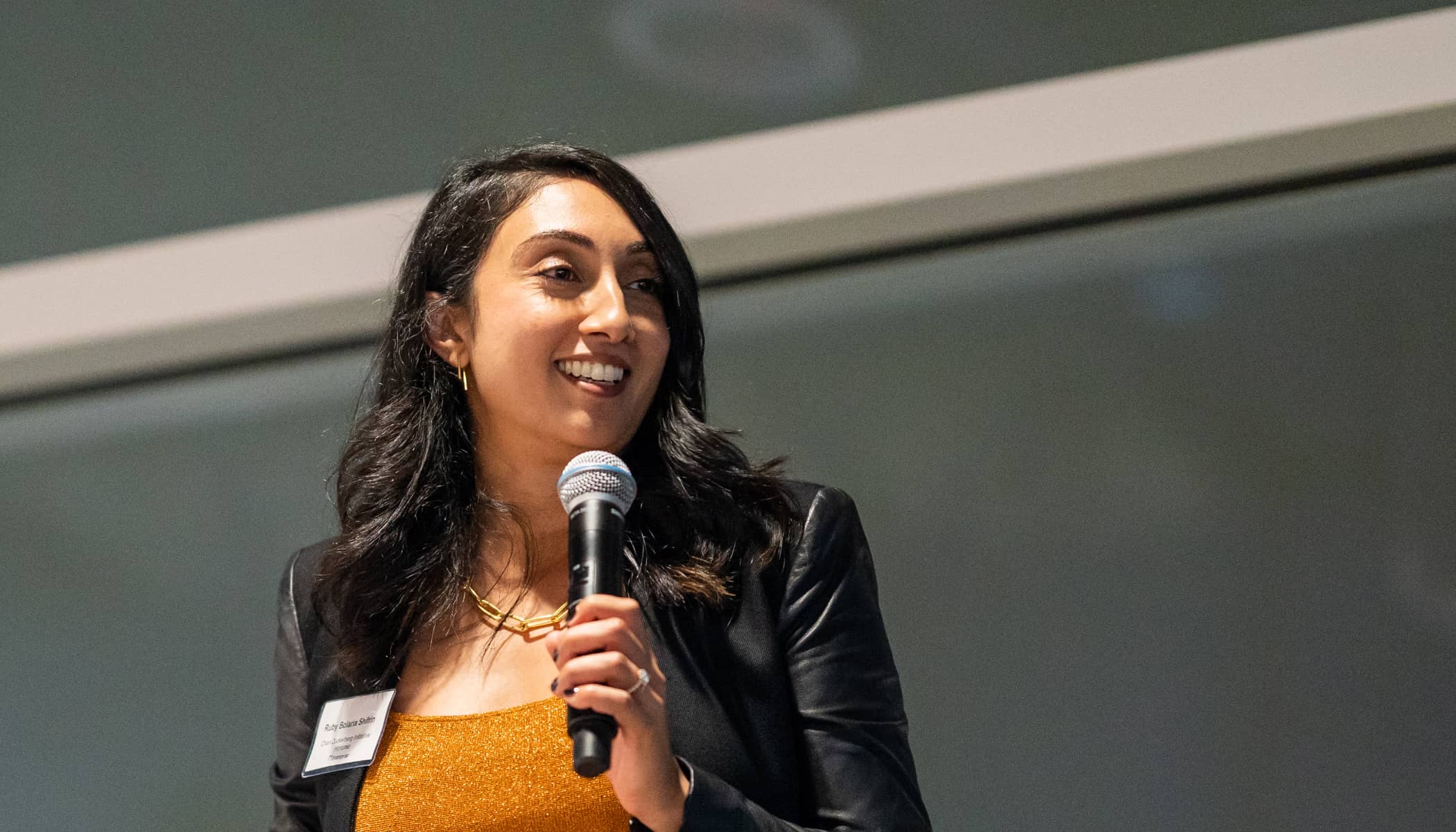May 4, 2020 · 8 min read
Going the Distance: What Great Teaching Looks Like During COVID-19
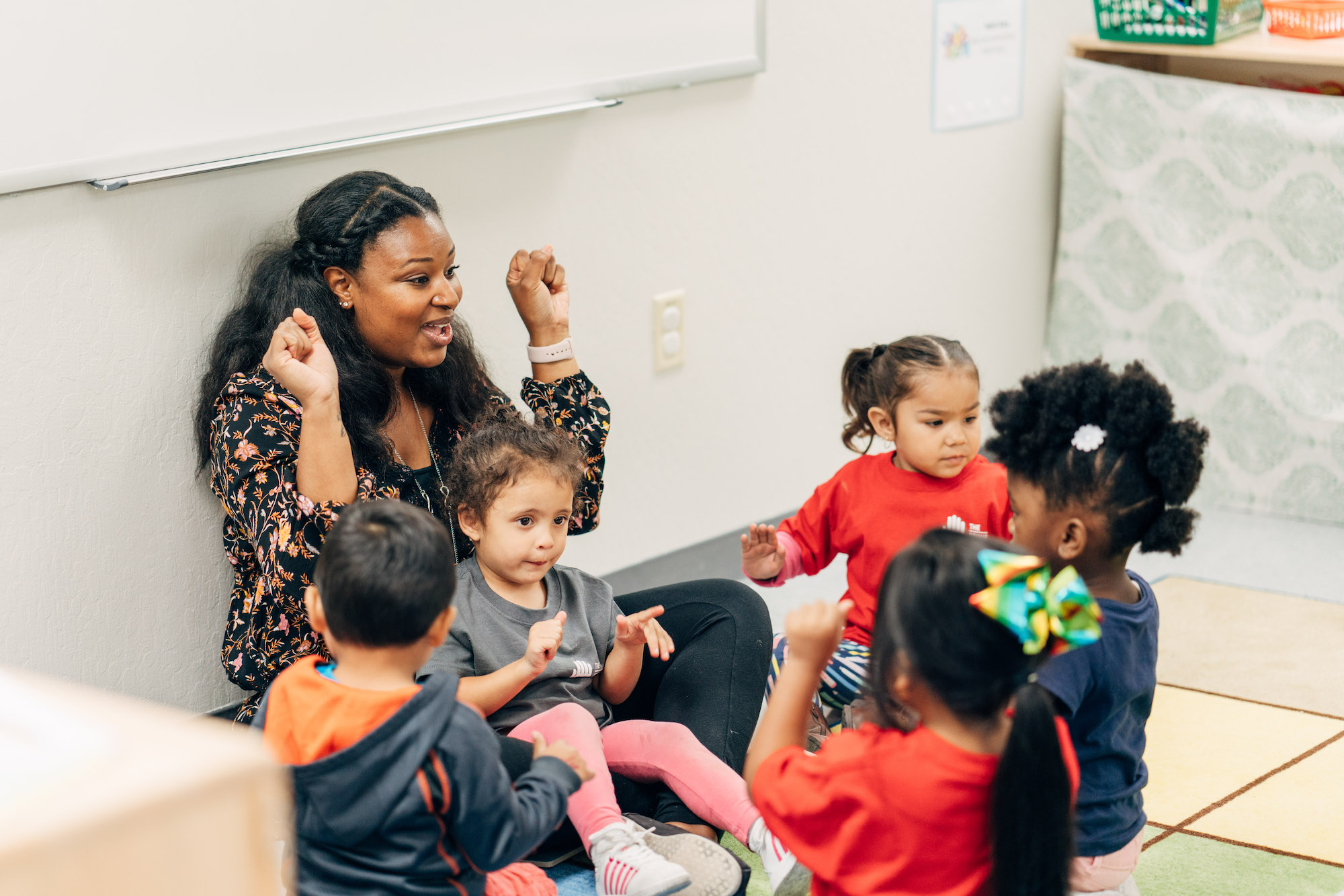
Think about the best teacher you ever had. What made that person so special?
Maybe they had an especially clever way of explaining fractions or photosynthesis. But more likely, that teacher worked really hard to show you that they cared—by being a mentor or taking the time to work with you one-on-one after school. Great educators focus on building deep bonds with their students, because they know that sense of trust and connection is the foundation for learning.
COVID-19 has made the work of building connection much more difficult. Most teachers are now miles apart from their classes, and will likely remain so for the rest of the academic year.
Yet even a pandemic won’t stop teachers from doing what they do best. Many of them are finding new and creative ways to stay connected with their students—and during Teacher Appreciation Week, we wanted to shine a spotlight on the incredible care and creativity they’re bringing to distance learning.
Making Global Connections
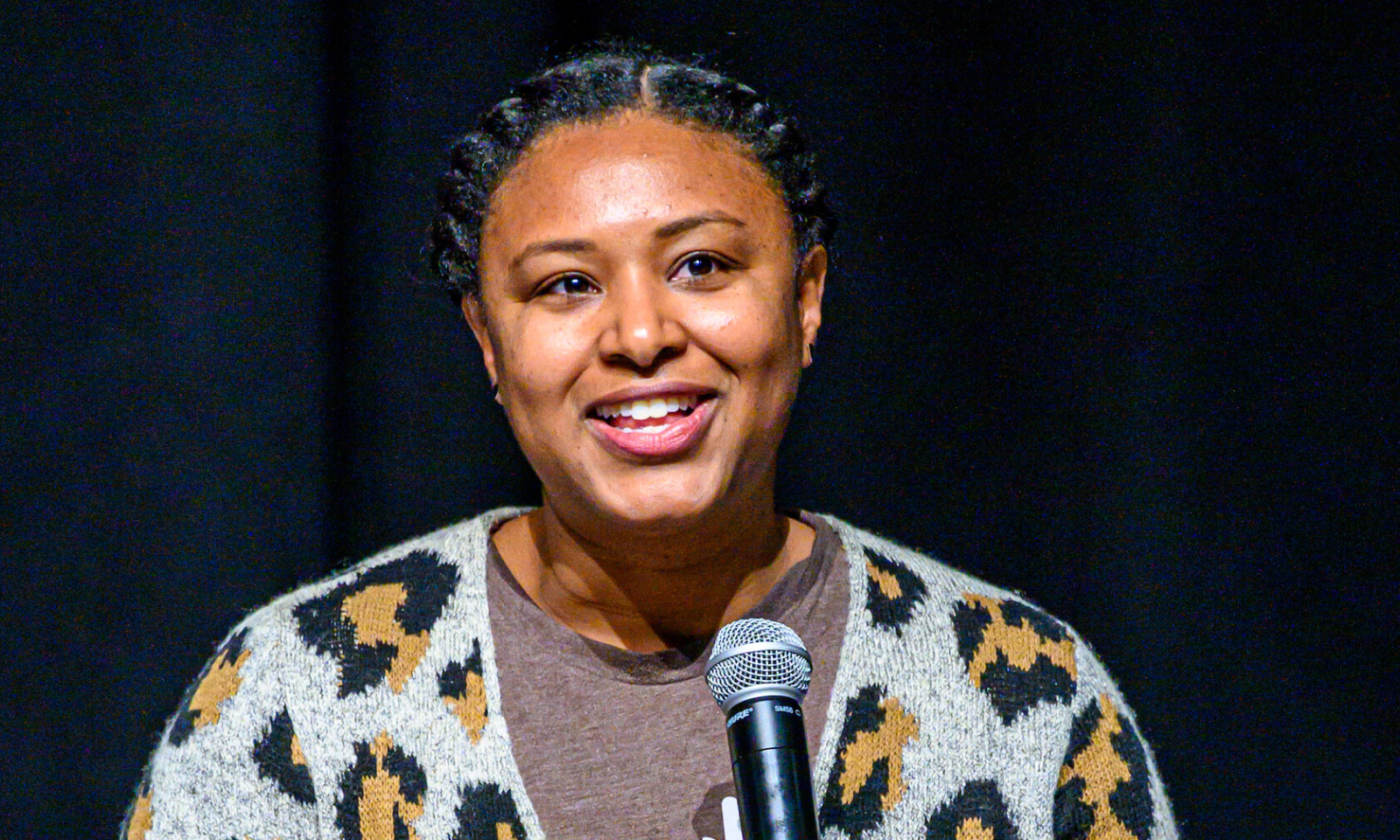
Tajmah Martin is a preschool teacher at The Primary School in East Palo Alto, California. The Primary School is creating a new school model that fundamentally reimagines how to support the life trajectory of underserved children. Their approach starts well before kindergarten, integrates health care services, and builds parent wellbeing throughout a child’s development.
During the crisis, Tajmah has been working hard to stay true to one of the school’s guiding principles: to teach well, you have to build strong relationships with students and their families.
At first, technology felt like a barrier. “How do you use Seesaw? How do you use Zoom? How do you share a screen?” she wondered. “I didn’t know how to do any of these things.”
So she turned to her fellow teachers—both at The Primary School and abroad.
Using social media, Tajmah started connecting with teachers who had already begun remote instruction and asked them what was working. “The teachers from Italy were extremely helpful,” she said. “So many teachers around the world were sharing helpful tips. It felt like we were working together in the same big school.”
Tajmah also took a crash-course in video chat services and online learning platforms, and shared what she learned with her colleagues at The Primary School. Soon, she had a set of tools she could use to reconnect with her students.
Through the online platform Seesaw, Tajmah and her colleagues hold live classes every day, with engaging visuals and bilingual instructions. She’s also made her first YouTube videos, pulled free resources from Vooks and Conscious Discipline, and kept in touch with parents and colleagues through videos, calls, and more.
Of course, distance learning is inherently difficult—particularly for younger children who aren’t used to virtual instruction—and some of Tajmah’s students have started to feel the strain. “I think they just thought they were on spring break for the last two weeks,” she said. “But this past week, it’s ‘I miss you,’ or ‘I want to come back to school’ or ‘I love you.’”
Tajmah is working even harder to show she loves them, too. “It’s the little things,” she said—Zoom calls and birthday cards, FaceTime and free books. “Zero to three, it’s my jam, my favorite age group. And I think it’s because they’re so curious in their learning,” she said. “They’re exploring, they’re willful, they’re funny, and I love it all. I love it all.”
Going Beyond the Classroom
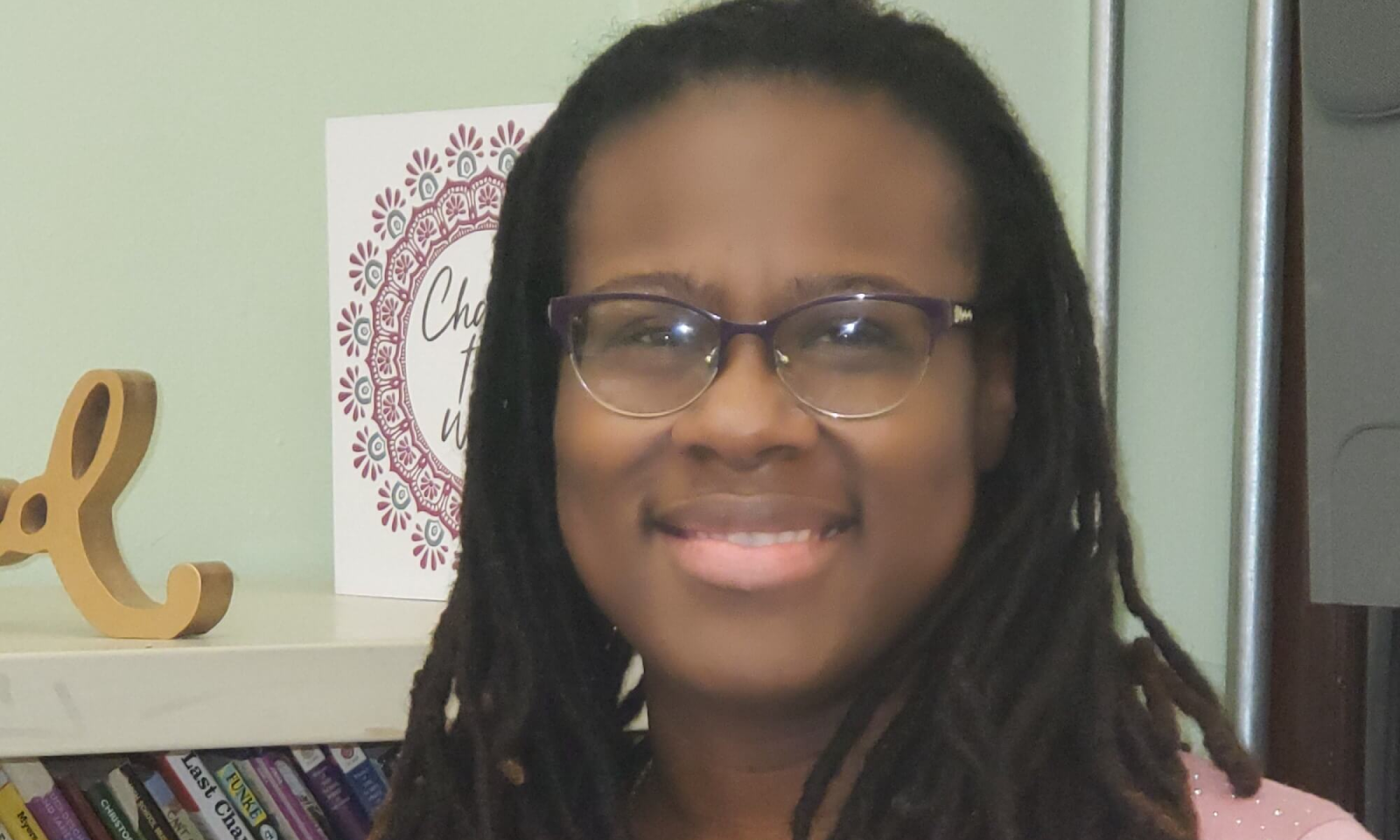
One of the big challenges with distance learning is that students have to be more self-directed when they’re learning at home. A traditional lecture isn’t likely to hold their attention as well as it might in a classroom, and teachers have fewer tools to help their students stay on task. These challenges have caught some educators off guard—but for Tynetta Harris, the shift hasn’t been quite as disruptive.
That’s because Tynetta teaches at Henry Snyder High School, which is one of more than 400 schools that are part of the Summit Learning Program. Instead of the “sage on the stage” model of teaching, Summit Learning schools emphasize project-based learning, one-on-one mentorship, and the importance of cultivating lifelong learning skills. Summit educators use an online platform to facilitate personalized learning experiences and follow each student’s progress toward their individual goals.
All of this, Tynetta said, has made the transition to distance learning much more natural.
“Because we have this Summit Learning model, my kids are prepared for remote learning, even if they don’t know that they are,” she said. “I can come in, give a lesson, break them into small groups, and release them. If they have a question, they can come to me or ask a classmate. They’re self-directed and self-sufficient.”
Of course, the Summit model is built for the classroom, and adapting it for distance learning requires creativity. Recently, Tynetta turned to Padlet to recreate the experience of a Socratic seminar, using the tool to divide the class into smaller groups and facilitate online discussions.
Still, there are some things technology can’t replicate. “I miss the human contact,” Tynetta said. “I have a group of kids who are juniors now, who used to come in every morning just to give me a hug.”
So when I log on, I try to send affirmations and words of encouragement: ‘How are you? I miss you. I’m so happy to see your faces.’ Those little moments can make all the difference.
Tynetta is looking for new ways to spark those moments of joy. “It’s important to make this experience joyful, because many of our students are stressed out. Many of them struggle with anxiety. We don’t know the home situations of all our kids,” she said. “So when I log on, I try to send affirmations and words of encouragement: ‘How are you? I miss you. I’m so happy to see your faces.’ Those little moments can make all the difference.”
Seeing the Bigger Picture
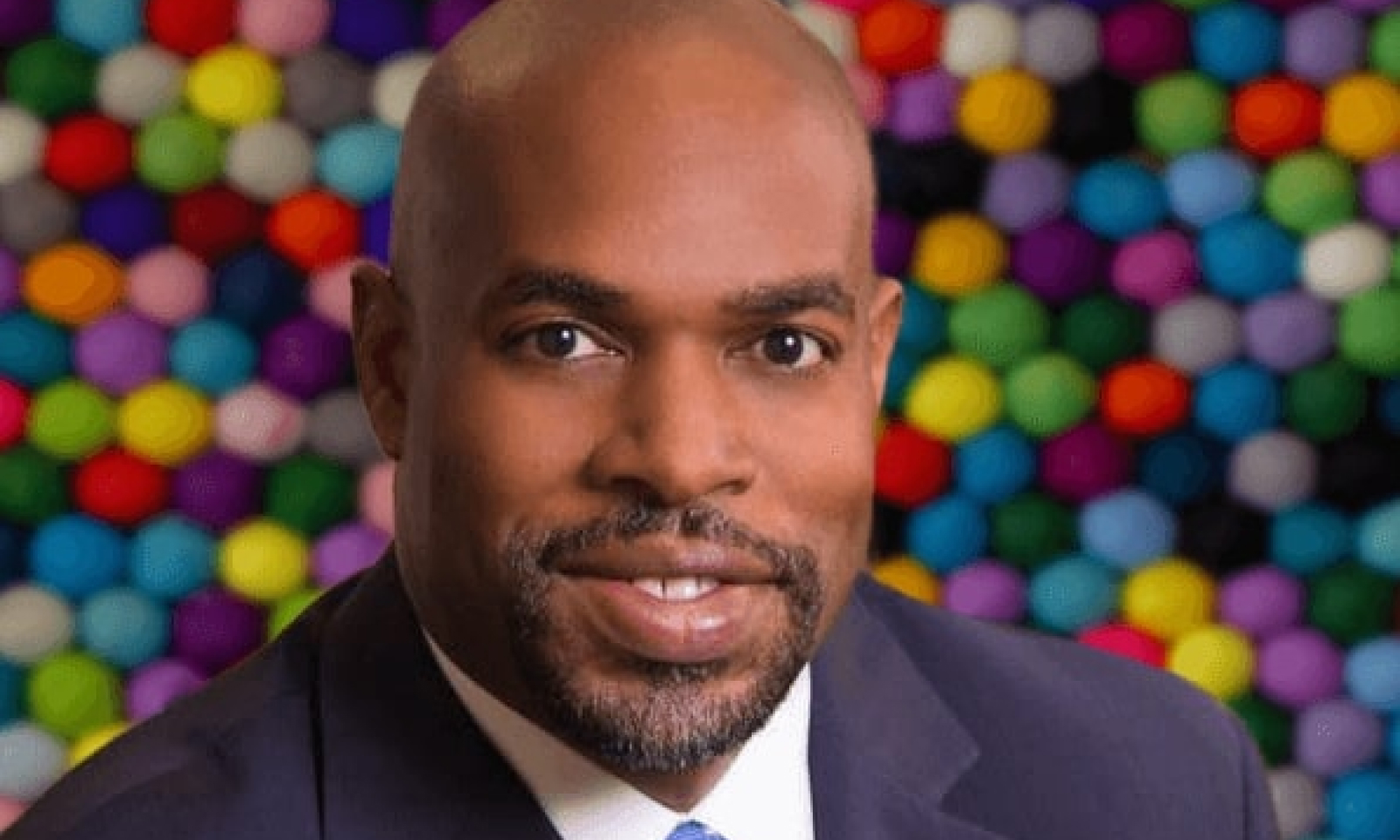
While teachers across the country adjust to remote learning, Desmond Blackburn, the CEO of the New Teacher Center, is thinking about the bigger picture.
“Now more than ever, we must get the intersection of equity, high-quality curriculum, and social-emotional learning right,” he said. “And ‘right’ is going to look different for every child.”
Based in Santa Cruz, California, the New Teacher Center (NTC) works with schools nationwide to provide professional development training, increase teachers’ efficacy and retention, and address socioeconomic achievement gaps. Their mission boils down to a mantra that Desmond’s grandmother used to say often: “We need more good teachers.”
COVID-19 has made that mission even more urgent. Many students’ lives have been upended by the pandemic, and educators have an important role to play in providing stability.
“The primary drum we’re beating is around social-emotional support,” Desmond said. “[Millions of families] were in crisis long before COVID-19.” Now the pandemic is putting them under even more pressure.
Under normal circumstances, therapists and guidance counselors would have been able to offer some relief. “In the brick-and-mortar building, these services leveled the playing field,” Desmond said. “What does that look like in the virtual space? How much attention is being paid to that?”
Many teachers are also struggling with the technological transition to remote teaching. NTC aims to help—listening to teachers’ needs, offering tech support, and transferring hard-copy resources to the Internet.
But the biggest challenge, Desmond said, is the “digital divide.”
“For the first time, we have so many students and families 100-percent dependent on virtual education,” Desmond said. “But thousands of homes don’t have devices and high-speed internet and aren’t digital natives.” That divide poses a “huge, huge challenge” to school districts, and could widen achievement gaps that already existed.
NTC is urging schools to address those inequities now. To help, it has released blogs, webinars, and other resources focused on social-emotional learning and trauma-informed practices. It has also launched three Communities of Practice, which connect educators with community organizations and education support nonprofits. Together, these groups draw on different fields of expertise to design innovative solutions to the challenges posed by COVID-19. A fourth Community of Practice, focusing on early learners and their families, will launch soon.
Of course, Desmond and his team know this is only the beginning. Millions of vulnerable students will continue to look to their teachers for help in the months ahead—and the NTC is going to keep working to support them. “That’s the energy that keeps my light going,” Desmond said. “That fuels me.”




